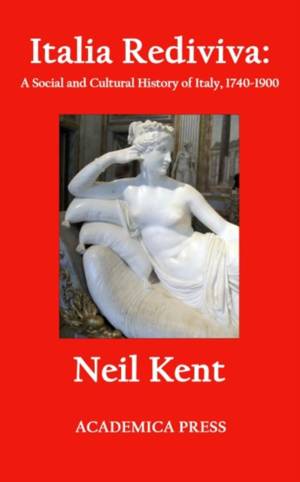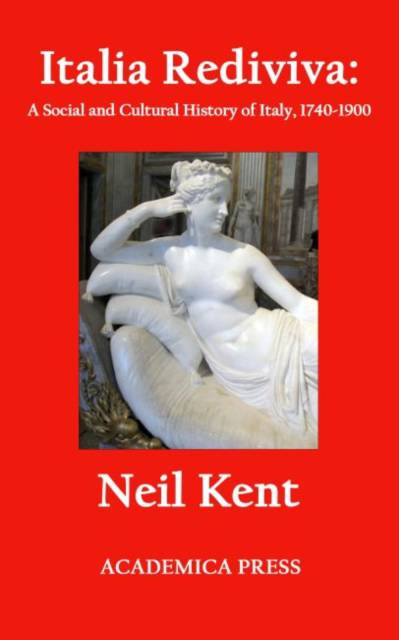
- Afhalen na 1 uur in een winkel met voorraad
- Gratis thuislevering in België vanaf € 30
- Ruim aanbod met 7 miljoen producten
- Afhalen na 1 uur in een winkel met voorraad
- Gratis thuislevering in België vanaf € 30
- Ruim aanbod met 7 miljoen producten
€ 131,45
+ 262 punten
Uitvoering
Omschrijving
This book seeks to provide a readable history, rich in both anecdotes and statistics, for students and a wide reading public who are interested in Italy in a period of history which - while it has been widely examined with respect to the Risorgimento as a positive and progressive movement which united Italy and enabled it to enter the modern world - has failed to consider Italy's multiplicity of cultures, art, architecture and societies. The period from 1750-1900, however, is neglected. This book rectifies the situation, examining the Catholic Church and its relationship to Jews, Protestants, Moslems, and the state; the relationship of urban areas to the countryside, with various regional dimensions; art, architecture, literature and music; famines, epidemics, health, and hygiene; the family, women, and sexual identity; war, peace, criminality, and the Mafia. Italia Redivia thus focuses on how Italians lived and interacted on a grass-roots level. Rather than considering the Risorgimento and Italy's national unification as THE defining event of the period, this work provides an alternative focus, rejecting sweeping conclusions in favor of a more nuanced analysis in which the regional societies, religious communities, local cultures and economic activities that informed the Italian peninsula from 1750-1900 are set against a complex background of conflict and cooperation, at a time of growing industrialization, secularism, and economic competition, which witnessed the rise of an independent Kingdom of Naples to the assassination of King Umberto I.
Specificaties
Betrokkenen
- Auteur(s):
- Uitgeverij:
Inhoud
- Aantal bladzijden:
- 278
- Taal:
- Engels
Eigenschappen
- Productcode (EAN):
- 9781680530377
- Verschijningsdatum:
- 15/07/2017
- Uitvoering:
- Hardcover
- Formaat:
- Genaaid
- Afmetingen:
- 152 mm x 229 mm
- Gewicht:
- 860 g

Alleen bij Standaard Boekhandel
+ 262 punten op je klantenkaart van Standaard Boekhandel
Beoordelingen
We publiceren alleen reviews die voldoen aan de voorwaarden voor reviews. Bekijk onze voorwaarden voor reviews.









